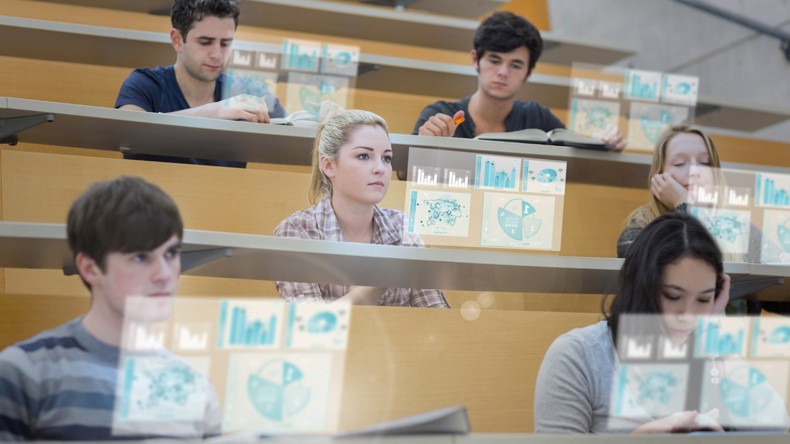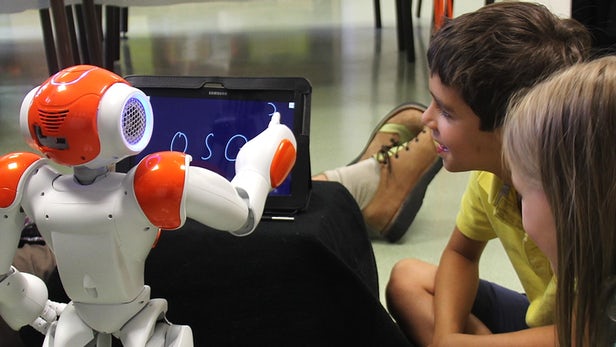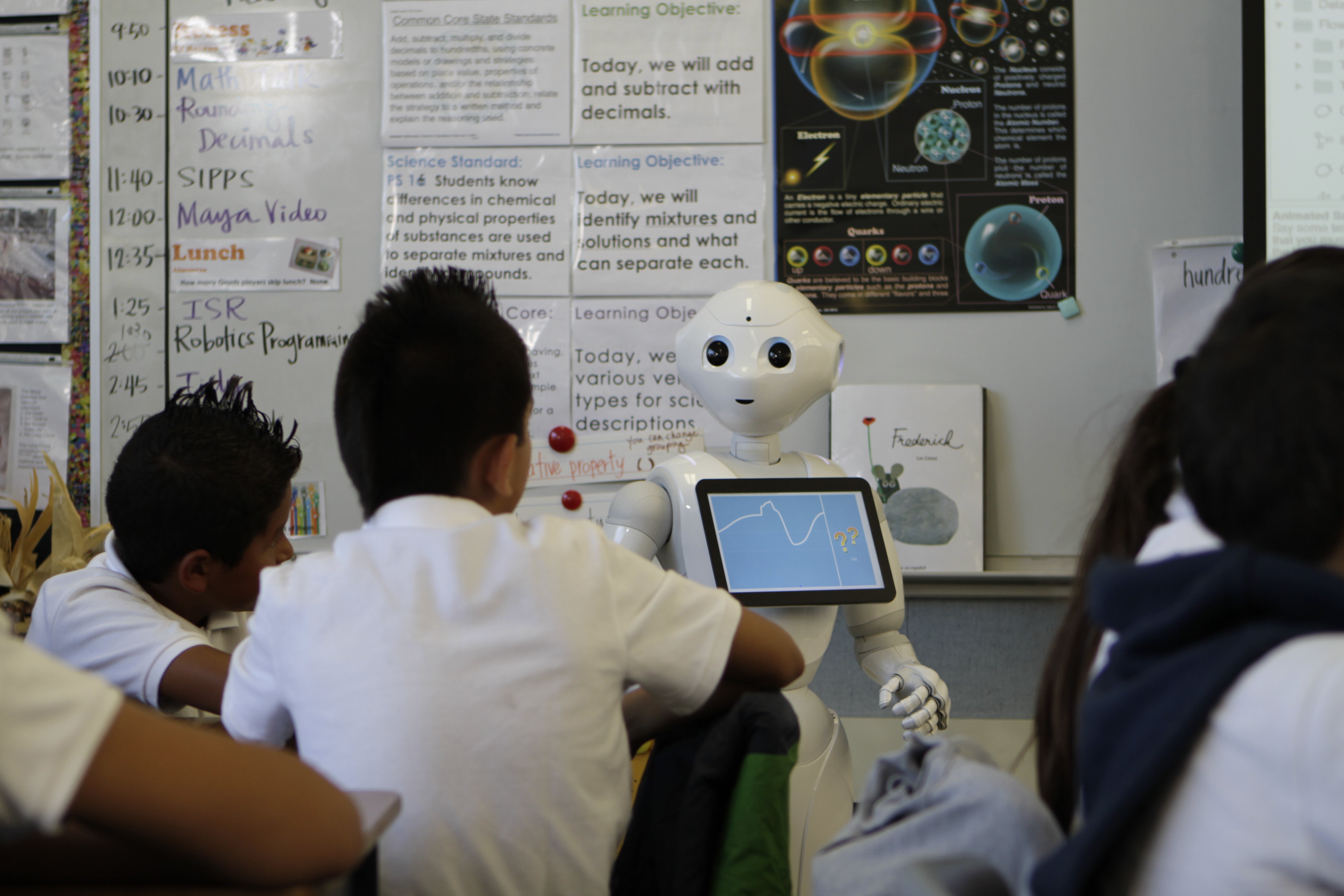With so much discussion and coverage on the topic, it might seem that if AI isn’t already being used in your classroom that you’re falling behind when it comes to technology. However, it is first important to understand what AI is and establish some guiding questions such as: What role does AI play in our daily lives? And more importantly, what role does it or will it play in the future of education and the future of work?

Fortunately, there are many individuals and organizations throughout the world who are working toward building the knowledge base and available resources. Key areas are focused on researching and gaining a deeper understanding of artificial intelligence, the concerns surrounding it, the challenges that it might present, and how we can use it for good.
Starting with AI
As an educator, the start of the school year brings new opportunities to connect with students and build upon some of our teaching methods and resources from the prior year. It’s also a time to explore topics we learned about during the summer and possibly involve the students by collaboratively learning about a topic—in this case, artificial intelligence.
Over the past year, I found some great resources on AI to help me as well as provide activities for my students. Last fall, I enrolled in the ISTE U course on artificial intelligence, where I gained new perspectives on AI and gathered many new teaching tools for use with my students. Michelle Zimmerman’s Teaching AI: Exploring New Frontiers for Learning was a tremendous help when working through the course and building my knowledge base. I also visited Montour School District, where students are enrolled in the first public school AI course. By engaging in these two learning opportunities, I felt more confident in understanding what AI is, how it works, various industries in which it is being used, and ultimately what role it could play in our classrooms today and in the future.

Considerations for Education
We have all likely heard the concerns regarding AI and how it might impact educators. The most common: whether or not artificial intelligence will replace teachers. Other concerns are whether AI will replace many of the other positions held in different industries of work and if it will continue to evolve to the point where it does in fact take on human capabilities beyond what it has been programmed to do or what it learns how to do as it iterates. We also have to be cautious when it comes to privacy. In particular, when using virtual assistants; for example, Amazon’s Alexa was reported to be recording conversations. All of these are valid questions and concerns that need to be considered.
I’ve been fortunate to teach a course about STEAM to eighth grade students, and a large part of the course is focused on emerging technologies in the areas of artificial intelligence and augmented and virtual reality. There is so much information out there, that becoming an instant expert is not too likely. However, we can take the information we find and use it as a starting point of inquiry with our students because chances are they’ll be interacting with AI in the future wherever they decide to go after their high school careers. There is also the likelihood that they will be working alongside AI in the future in some capacity.
So how can we help students and ourselves better understand what AI might look like in the classroom?
We use some existing resources and find a way to tie them to the classes and open up a discussion. When I visited the new space at Montour School District, I was really impressed by the students and their work at the middle school level. Seeing the students excited about what they were learning made a huge difference. In areas like AI, where few people may understand the potential, it’s easy to criticize. Therefore, the first thing, I think we must do as teachers is to help students understand how to make informed decisions, give them opportunities to explore and research topics like this and then have a conversation.
There is a lot to learn about when it comes to AI, and the first step is in deciding the benefits for student learning and to make sure that any privacy and security concerns are addressed. In a Duolingo interview, they referred to the shortage in people who have the AI tech skills that are needed. Because of this shortage, it is important that we help our students understand not only the capabilities for using AI in learning but also to develop their own skills to become the creators and innovators of the future.

Discover the right technological tools to your class with RobotLAB!
Check our products page and start your robotics lessons with RobotLAB and our learning Platform EngageK12!
This article is original from Getting Smart: https://www.gettingsmart.com/2019/09/artificial-intelligence-preparing-students-for-the-future-with-ai/



